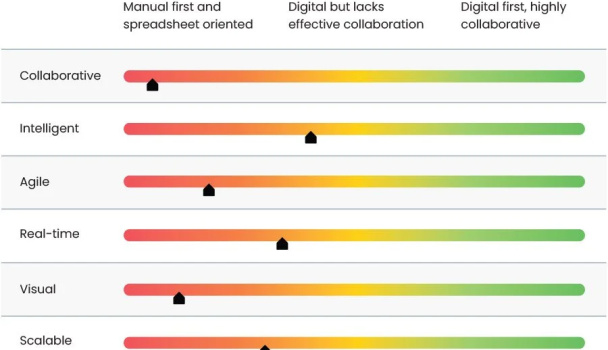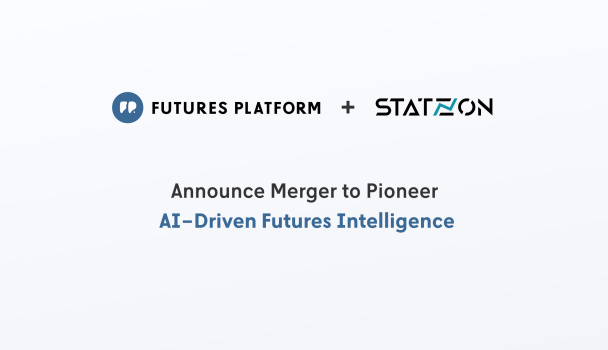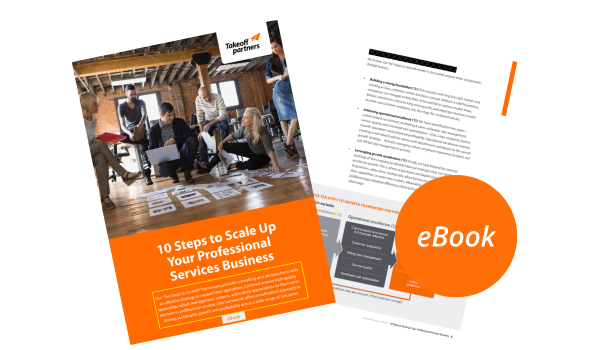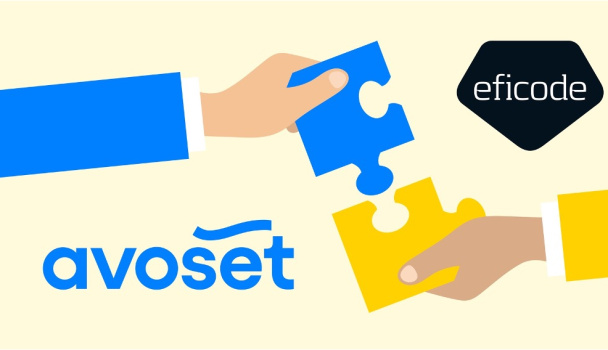Takeoff Academy: Best Practices in B2B SaaS Product Plans and Pricing
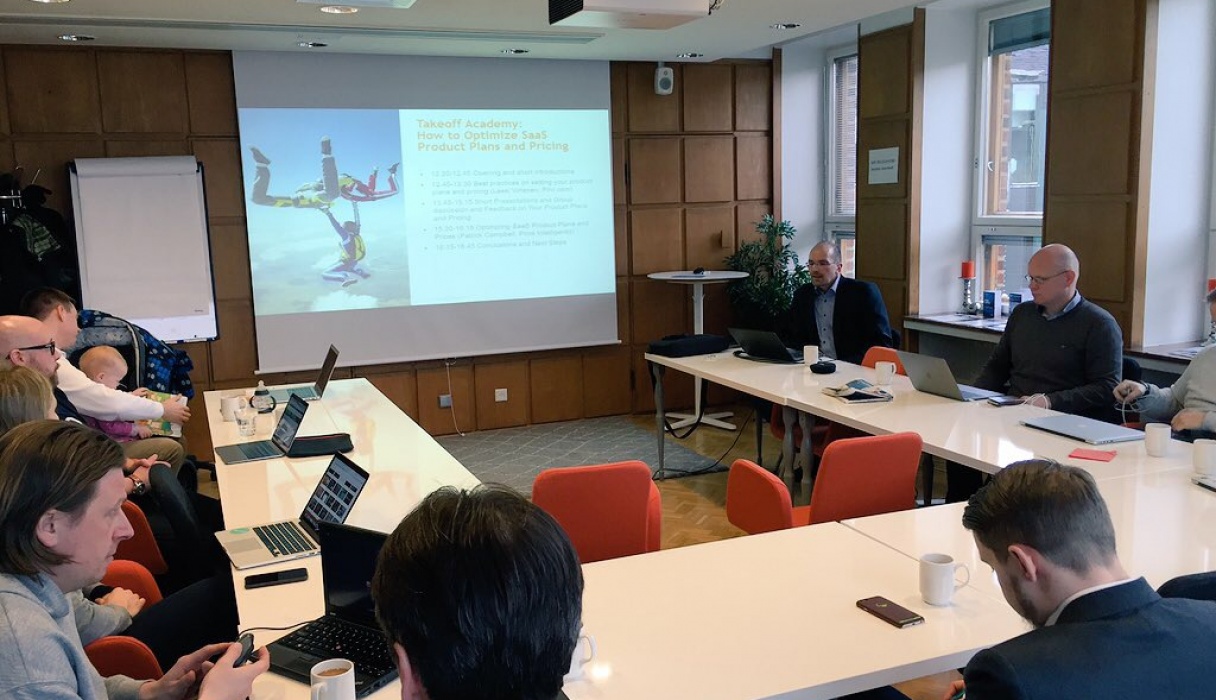
If customers don’t find pricing info on your SaaS product’s website, they will only fish for search phrases and continue googling. How to price your SaaS product online so that it’s easy to understand, appreciate – and buy?
January 18 marked
another ‘Takeoff Academy’ workshop, this time under the topic of SaaS (Software
as a Service) product plans and pricing. We combined the two areas into one
workshop since they generally go hand in hand; It doesn’t make sense to
separate the planning for SaaS product value propositions and roadmaps from the
attempts to find the right price points for the product’s variations.
The workshop gathered a group of different SaaS companies around the table: Pilvi.com, LATO Tools, Retouch Group, Videoly, Hailer, MeetingPackage.com and Fourdeg. We first heard an interesting presentation from Lassi Virtanen from Pilvi.com who shared Pilvi’s experiences from the best practices in SaaS pricing and productization.
We then went through each participating
company’s pricing model and challenges with discussion and suggestions from the
participants. We won’t go into detail in the specific companies and plans but
will raise a few observations from the exchange of thoughts in the end.
The (Online) Sales Funnel is incomplete without productization
Lassi Virtanen started off his presentation
with a few facts of the state of online sales these days: In 2017, 72% of the customer
journey happens online, and customers prefer services over solutions. B2B
purchasing from the web currently grows much faster than B2C.
So what is the correct combination of sales models for a SaaS company?
- Enterprise sales process kicked off with meetings, and
- an online demo process with email nurturing and overall the product itself doing a lot of the sales.
These two sales models “compete with each other”, and increasingly large purchases are made online. The traditional sales person has not disappeared but their role changes towards a consultative role: The SaaS product provides analytics about how the customer uses it, and the sales person can reach out to the customer informed and ready to offer tips and usage best practices from other users, for example.
It was evident among the participating companies (and indeed among a large group of the Finnish SaaS companies overall) that their desire is to reach more customers online than they currently do, and the enterprise sales model still plays a bigger role in the sales process than what the participants thought would be ideal in the longer run.
Lassi Virtanen described some of the very typical bottlenecks to online sales in Finnish SaaS companies:
- The products are not clearly defined and matched with what the customer values the most. This also links to the buyer persona: Value props do differ between persons and their work roles so the product plans should take this into account.
- The product’s pricing plans are not simple enough for a quick grasp of the price and the value prop.
- Or worse, there’s no way of
getting even the ballpark idea of a product’s price by browsing through a SaaS
company’s website. What frequently happens in this case is that the potential
customer only seeks the right search key words for their product hunt and will
return to Googling.
SaaS product plans & pricing key takeaways (Lassi Virtanen / Pilvi.com)
#1: Help the customer to choose with a product plan name, and a descriptive tagline to go with each product plan
#2: Help the customer to understand how do you help them with values instead of features
#3: Guide the customer to the KPP by using price points: Use psychology in making the desired price point look the most desirable to the customer; use reference points
#4: Design the customer plan journey: What to sell first, how to support and how to grow?
#5: Early stage startups should be prepared to evaluate pricing actively; probably several times over a year. Try different approaches, have an active dialogue with the customer. Try out different ways of communicating the price.
#6: Hybrid sales model: Support to all sizes of customers; from fixed
small ones to flexible large-scale f2f sales
The Key Product Plan Approach (Lassi Virtanen / Pilvi.com)
Defining your Key Product Plan (KPP) forces you to concentrate your focus on one key customer segment: The segment most likely to purchase your product.
Your KPP is:
● At the mid-level of your product versions
● Can be added to and has a clear path for growth
● The target group strongly sees it as a match
● Up to 80% of your customers choose this product
For good reference points for clear, well-functioning SaaS pricing plans, it’s a good idea to look at the marketing automation software companies that are active in online pricing.
For more insights on SaaS product pricing
and help in getting started, contact www.pilvi.com.
Different businesses, different pricing challenges
During the second half of the workshop, we discussed the different cases and their situations and sometimes challenges with finding the right product plans and the pricing to go with them. Topics and points in a nutshell below:
- How to motivate resellers to sell our product? Sometimes it makes sense to sell directly to the end users (the main beneficiaries) and that way apply pressure towards the reseller layer
- Sometimes (for instance in energy saving software applications), the payback time of an investment and the cost savings approach may also play a role in the SaaS pricing problematics, adding to the complexity of the equation
- When selling software to freelance professionals selling their services, added productivity may be a strong argument. How much would it make sense for a freelancer to pay monthly for the ability to leverage their business with a more sophisticated offering and an increased length and value of a customer relationship?
- In traditionally seasonal businesses, how to sell SaaS services for the entire year so as not to lose an expensively won customer once the high season is over?
- Revenue share model works well when you won’t be able to know in advance what the eventual deal size will be
- Discuss with those paying customers and learn from them!
- The trouble with inbound marketing (to aid online sales) is that its lag will be from 6 to 9 months in any case before it will yield any significant results
- If the buyer personas are not exactly the types that shop online (senior execs), inbound marketing will only take you so far anyway; will have to use a hybrid sales model where those people will be called who have somehow reacted to online marketing efforts. Or then fine-tune the product offering so that the bottom (online sales) end responds better to more simple requirements.
- Track the customer’s value perceptions: it’s even possible that you’re leaving money on the table if the customer feels they would actually be willing to pay more for your great service!
- The challenge with “pay per consumer item” approaches may be the certainty of budgets: Sometimes even if the eventual fluctuations of the cost to the customer are insignificant, the fluctuations as such are a problem to the fixed-budget-preferring customer.
- Even business customers have started to prefer fixed pricing plans over various commission schemes; at least it seems to be the trend that’s gaining momentum.
- One typical challenge that requires an enterprise sales type of approach is that the product itself is complex: It’s very hard to put together a tutorial that covers all possible use cases, hence the sales process is consultative by nature.
- Companies are starting to look for fewer applications that could possibly perform more tasks (as opposed to a dedicated app for each and every task), yet it’s hard to sell comprehensive solutions that “could do almost anything”. One workable solution is to use the argumentation “This tool serves this vertical / function well” and get a strong foothold in one corner with that, then upsell to other verticals / functions later on.

